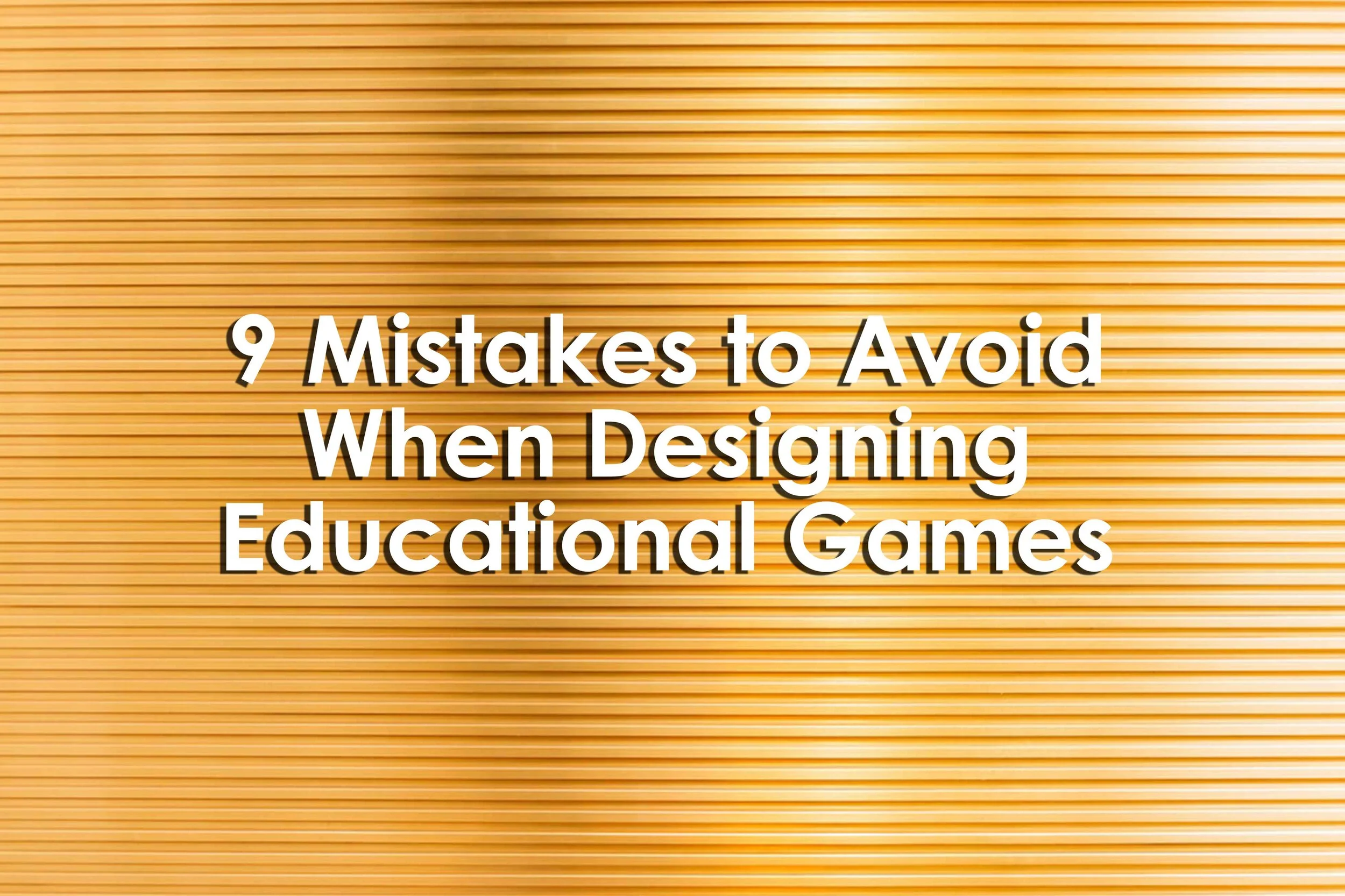9 Mistakes to Avoid When Designing Educational Games
9 Mistakes to Avoid When Designing Educational Games
9 Mistakes to Avoid When Designing Educational Games
By Maha Bali
November 3, 2016
Summary
I've been teaching educational game design for a few semesters now as part of a module of a Creative Thinking and Problem Solving liberal arts course at my institution.
From teaching the course several times, I've learned a lot about how to teach it, but I've also learned a lot from observing my students make mistakes when designing educational games.
Often, someone will focus on creating a board game, or card game, or Escape/Breakout game, without first asking oneself who the audience is and what the learning goals are.
With educational games, I feel there are two audiences you need to play test with: the potential learners and the experts on the educational material.
Occasionally, the game designers are very close to being experts or learners themselves for their own game, but it's still helpful to have others look in and provide suggestions.
Game designers can be so fixated on a particular aspect of their game, they don't respond well to feedback by play testers, saying that it isn't working for them.
I'm still not an expert, so I would love to hear from others who have more experience with educational game design to chime in! Please do so in the comments below.
Reference
Bali, M. (2016, November 3). 9 mistakes to avoid when designing educational games. Retrieved October 08, 2021, from https://clalliance.org/blog/9-mistakes-avoid-designing-educational-games/


